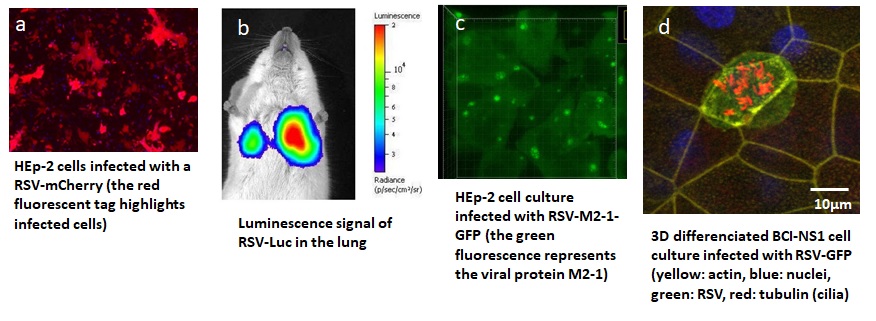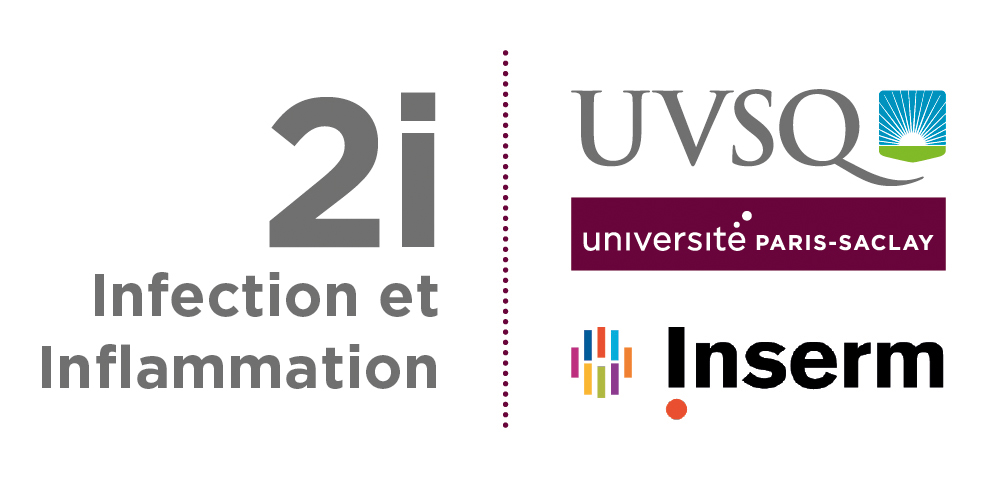You are here : Infection et inflammation Chronique (2IC)ENUnit 1173Team 4 - ATIP AVENIR
- Partager cette page :
- PDF version
Team 4 - ATIP AVENIR
The respiratory syncytial virus (RSV) is the primary cause of severe respiratory infection in infants worldwide. RSV is also associated with a substantial disease burden burden in adults comparable to influenza, with most of the hospitalizations and mortality in the elderly. The development of new antivirals is therefore a public health issue, but is hampered by a lack of knowledge about the multiplication mechanisms of RSV. Our team has developed an original reverse genetics system and recently obtained the first RSV expressing a viral protein fused to a fluorescent label, giving us access to the dynamics of viral proteins for the first time. We will leverage these original tools to decipher the mechanisms of sorting and export of viral ribonucleoproteins (RNP), which are completely unknown steps of RSV multiplication. RNPs are composed of encapsidated viral genomic RNA and viral proteins. They serve as templates for the production of viral mRNAs and new RNPs aimed either at being exported to form new virions or at serving as templates in turn. The objective of this project is to establish how RNPs are sorted and prepared for export in inclusion bodies (IBs), and then exported to budding sites at the plasma membrane. To that end, we will produce different recombinant RSVs, with fluorescent RNP proteins. Combining recent advanced imaging techniques with original cellular models, we will leverage these viruses to characterize the sorting area of the RNPs and their movements in the cytosol. We will then define the cellular pathways involved in these processes by analyzing the disturbance effects of different cellular transport pathways on these steps. We will also clarify the roles of the matrix protein and the fusion glycoprotein in these steps. Our work will open new avenues of research for RSV but also for other important viruses in human health (Rabies, Ebola, Measles ...).


